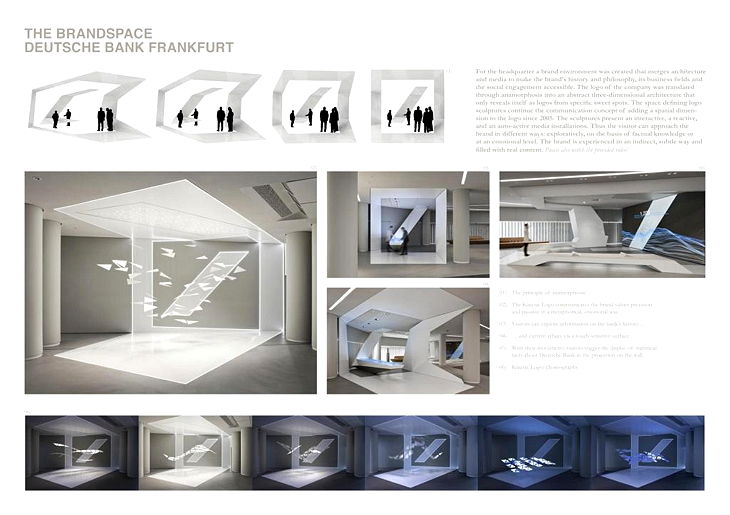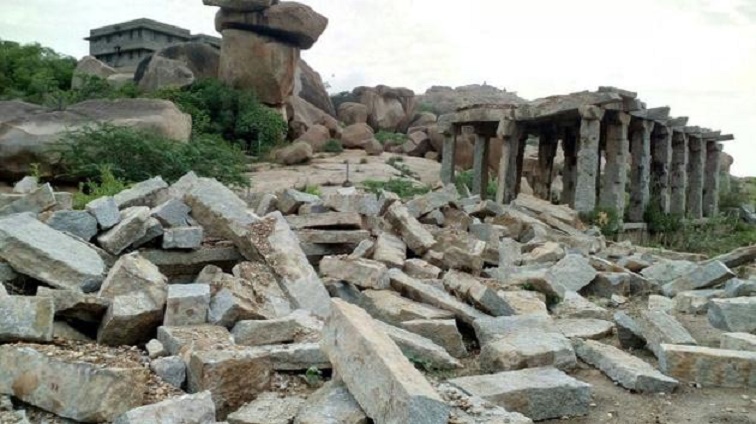Sew La Ti Embroidery [Search results for space]
Brand Space of the Deutsche Bank

SpaceShipTwo For the Space Travels
Hotel of new type in Amsterdam
Personal space from Rezon
Tom Andersen talks about horror, 3D & pissing Hollywood off

Redevelopment of the Car Factory In Porte d'Ivry [France, Paris]
![Redevelopment of the Car Factory In Porte d'Ivry [France, Paris]](https://blogger.googleusercontent.com/img/b/R29vZ2xl/AVvXsEivUZLoroGU_FG4ukCnZ7xsCxTfsqj2YH1CHExK101uxOraMd_1EIBrhftjY3S8Z13RRoXT5pNpLKs8augCP1FmwEqrxKqADb8o2HoTL_Ts23b7VzRE1dd7dGU64hRNN_9s3hTvC0eoOG1u/s960/Paris.jpg)
My Sewing Space
New vision of office space for clerks
Interior on service at knowledge
Fashionable brand Hermès has created design for Smart
«Desert Flower» by Manfredi Nicoletti

The Architectural Chinese Greatness
The Bulldogs (based on an underground comic-book)

India: Hampi’s ‘saalu mantapas’ collapse

Unusual Loft of the Swedish Artist

Has anyone seen my Living Room?
Norman Foster has become interested in lunar architecture
The Bar Interiors
Sewing is Taking Over My Life

Heritage: Chile's quest to save melting mummies












